During winter, citrus fruits are more accessible and at their best. It’s the perfect season to enjoy these fruits rich in vitamin C, and to taste a few lesser-known varieties. Here are a few you should know, as well as suggestions on incorporating them into your meals. They’re a great way to bring sunshine to your plates and smiles to the table!
1. Sumo Mandarin
This fruit, developed in the 1970s from a cross between a mandarin and an orange, originated in Japan, where it’s known as dekopon. It’s easy to recognize due to the protruding bump at the top, reminiscent of a sumo wrestler’s hair bun. This juicy citrus has a flavour that’s more complex than that of clementines and is seedless.
Enjoy it:
- As is, cut into quarters or juiced
- In cakes
- In a jam
- In cocktails
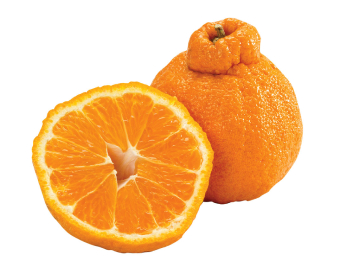
2. Blood Orange
With its Mediterranean climate that favours the production of blood oranges, Italy (particularly Sicily) is the largest producer in the world. The most well-known varieties include the Moro, identifiable by its deep red flesh, and the Tarocco, a sweeter and slightly tangy variety. The Sanguinello, a Spanish variety, is also known. Blood oranges owe their varying shades of red to the presence of antioxidant pigments known as anthocyanins.
Enjoy it:
- In upside-down cakes
- In fruit salads
- In salads
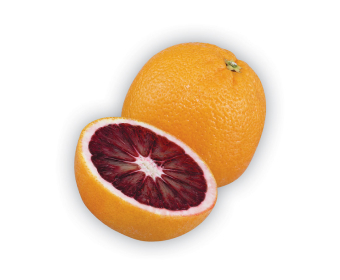
Try it:
In an orange and tropical fruit smoothie View the Recipe.
3. Honey Pomelo
This citrus variety is sweet, has a yellow flesh and is often oblong, resembling a pear in shape. This thick-skinned fruit is recognized as one of the largest citrus fruits. Its flesh is juicier and sweeter than that of grapefruit. To peel it, use a knife and begin by cutting it at the ends, so as to create a stable surface in order to handle it safely.
Enjoy it:
- With a touch of sugar sprinkled on top
- In fruit salads
- Grilled and served with shrimp
- In a sorbet
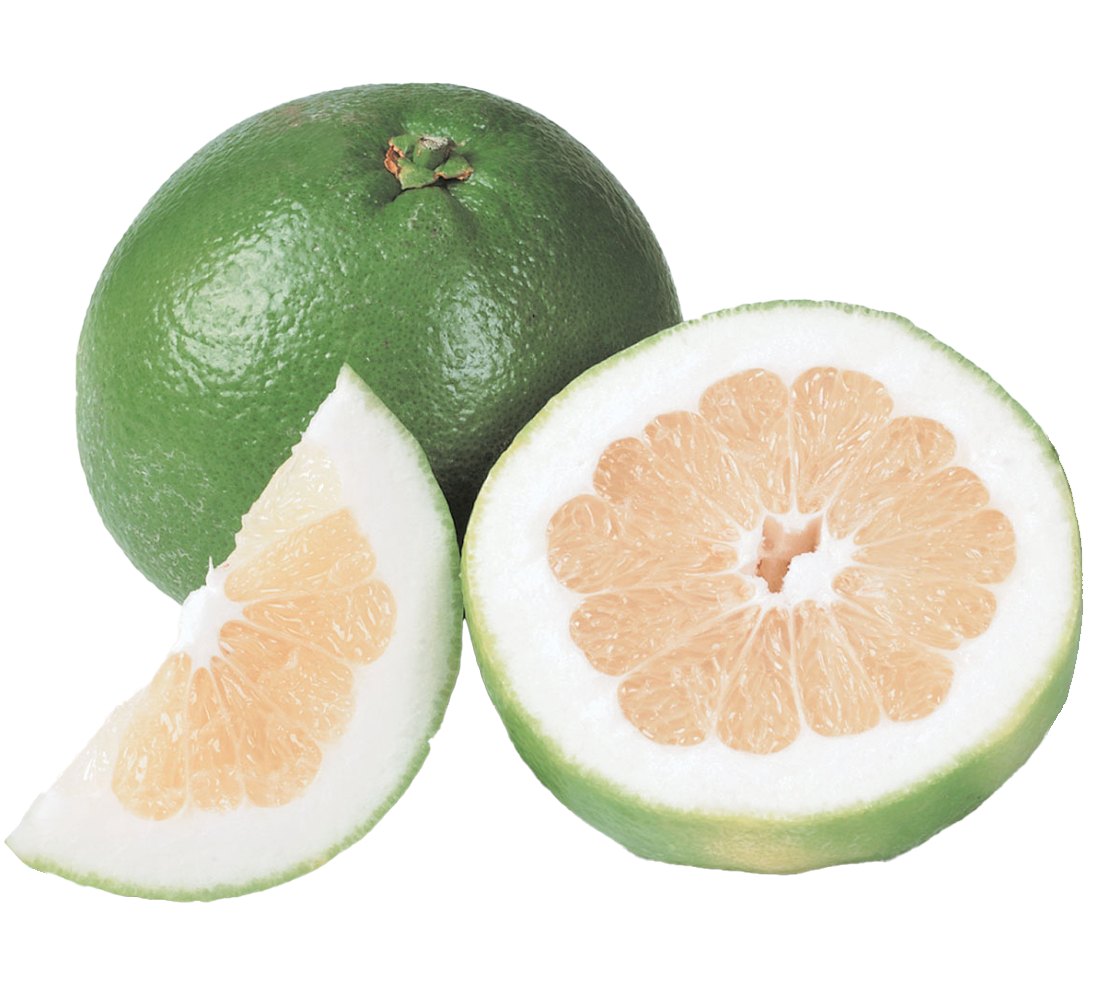
4. Cara Cara Orange
With its raspberry-red flesh, this variety of navel orange is seedless and easy to peel. The tomato-red colour of this fruit, discovered in 1976 in a Venezuelan orchard, is due to a pigment known as lycopene. The Cara Cara’s flavour is sweeter and milder than that of other navel oranges, as well as more complex, with aromas of cranberries and other small fruits.
Enjoy it:
- In smoothies
- In cocktails
- With chocolate fondue
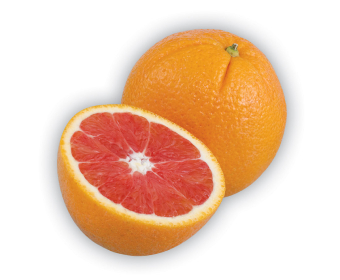
Try it:
In this couscous with chicken and orange recipe View the Recipe.
5. Minneola Tangelo
This hybrid fruit is the result of a cross between a tangerine and a grapefruit. This variety, the minneola, is the most well known and widely cultivated; it’s larger than both a tangerine and a clementine, and its peel is also thicker. Recognizable by its distinct bell-shaped base, its flesh is similar to that of grapefruit and contains some seeds. It is, however, juicier and sweeter, with a touch of acidity. Its flavour is also more complex than that of a clementine.
Enjoy it:
- In a chicken dish
- In a cookie recipe
- In cocktails
- In marmalade
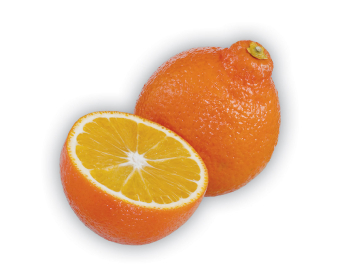
To find out more about how to store citrus fruits, as well as ideas on consuming them, be sure to Read the Article.

